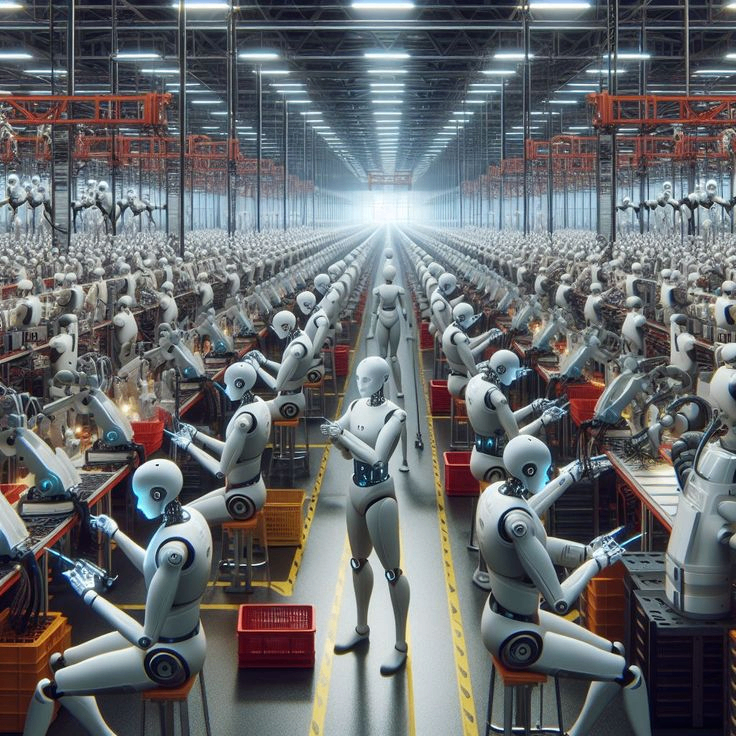How robots on the ground are reshaping daily life, labor, and urban experience across China's smart cities
In the bustling streets of Shenzhen and the tech corridors of Hangzhou, a quiet revolution is taking place—one that doesn’t shout with slogans or protests, but glides on wheels, walks on robotic legs, and listens with machine precision. This is the age of embodied AI—artificial intelligence not just coded into clouds or servers, but built into the physical world. China is no longer just experimenting with this concept; it’s deploying it.
From Concept to Concrete
Embodied AI refers to intelligent systems that can interact with the physical environment. Think humanoid robots helping customers in banks, delivering drones navigating traffic lights, or robotic dogs guiding tourists in parks. While the West still debates the ethics and implications of such technology, China is already testing it out in public spaces.
What used to be the domain of science fiction has quietly become a daily reality in many Chinese cities. Tech giants like Baidu, Tencent, and Huawei are pushing boundaries, not in closed labs, but on open sidewalks.
Why China, and Why Now?
Several factors make China uniquely positioned to embrace embodied AI at scale:
Demographic Shifts: With a declining birth rate and an aging population, there's an urgent need to fill labor gaps in healthcare, logistics, and service sectors.
Urban Infrastructure: Smart city frameworks, already well integrated in many cities, provide a natural ecosystem for AI-powered machines to operate safely and efficiently.
Government Backing: China’s 14th Five-Year Plan includes strategic investment in AI, robotics, and automation—backing not just innovation but deployment.
Public Readiness: Citizens, already accustomed to QR-code payments and facial recognition, are more receptive to technological integration in daily life.
What It Looks Like on the Ground
In certain districts, food delivery isn’t handled by a person on a scooter, but by a self-driving pod that rolls up to your door. Some shopping centers now have humanoid concierges programmed to answer questions, give directions, and even tell jokes. Hospitals have begun using AI-assisted robotic nurses to transport medical supplies and monitor patients.
In a pilot program in Beijing, schools are testing child-friendly robot companions to assist teachers in managing classrooms and offering real-time tutoring. These are not gimmicks—they. They are being measured for productivity, efficiency, and long-term integration.
The Human Reaction
Responses have been mixed—but mostly curious. Some are thrilled by convenience and novelty, especially in urban areas where efficiency trumps tradition. Others remain skeptical, worried about job displacement, data privacy, or losing human touch in everyday services.
Nonetheless, surveys in Tier 1 cities show that over 60% of residents view embodied AI positively, especially in industries like healthcare, public safety, and education.
The Road Ahead
While many countries still talk about “preparing” for AI integration, China is busy building it into its urban DNA. The question is no longer if embodied AI will change daily life—it already has. The question now is how far it will go, and how the rest of the world will respond.
As walking, rolling, and flying robots become more common in Chinese cities, the rest of us are watching a live preview of what a machine-integrated society could look like. It’s not coming. It’s here.
References
Hawkins, A. (2025, April 21). Humanoid workers and surveillance buggies: ‘embodied AI’ is reshaping daily life in China. The Guardian.




 ${ lang === 'zh' ? '中文': 'ENG' }
${ lang === 'zh' ? '中文': 'ENG' }
 ${ lang === 'zh' ? '中文': 'ENG' }
${ lang === 'zh' ? '中文': 'ENG' }


